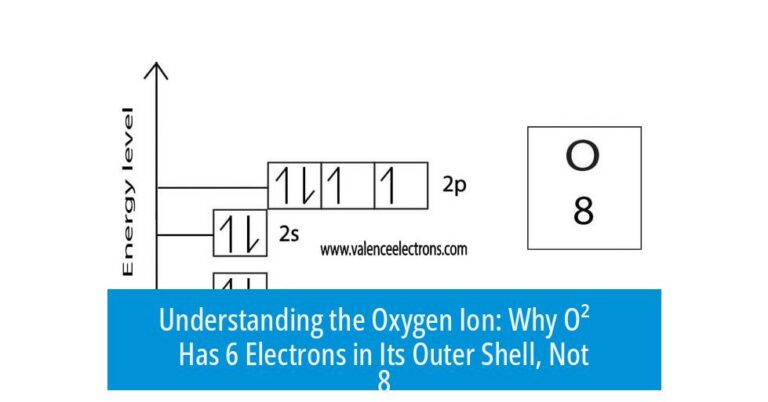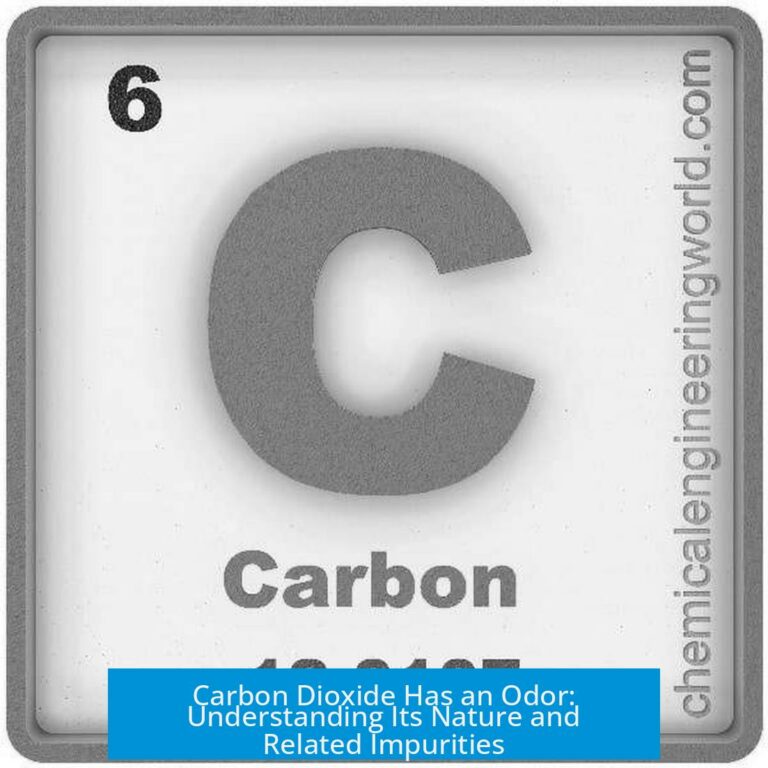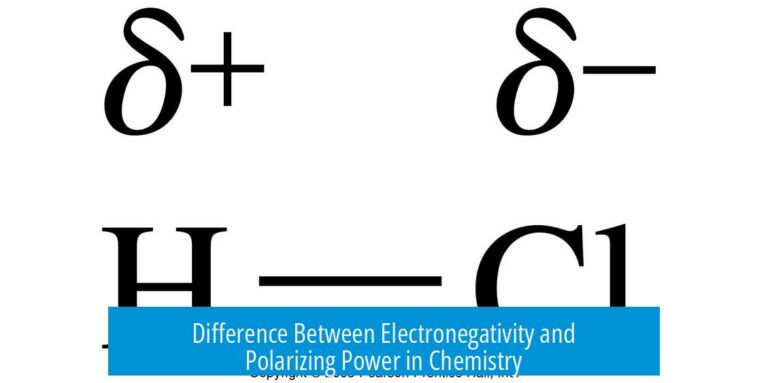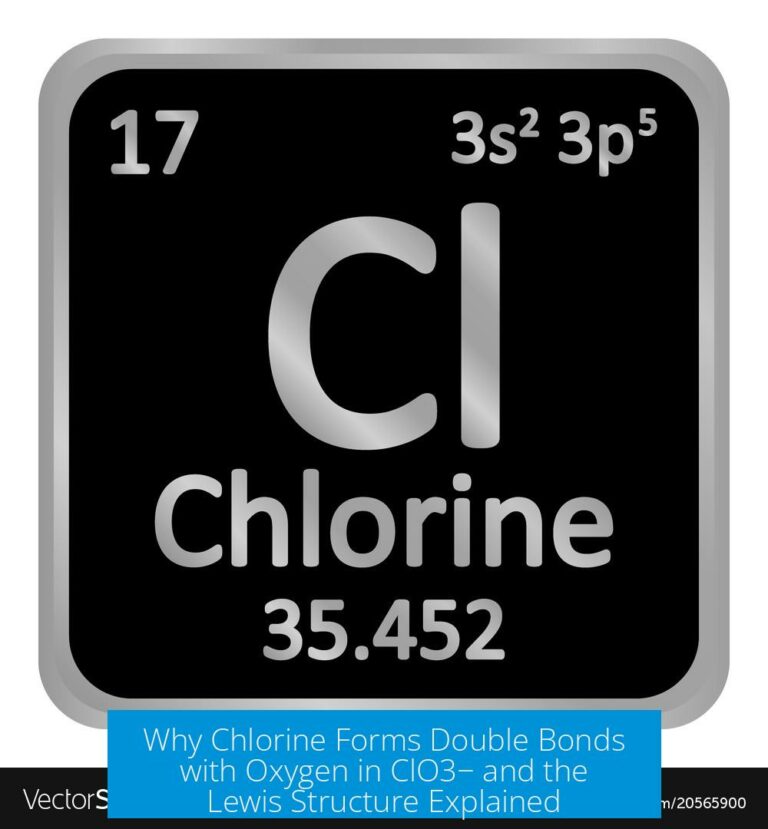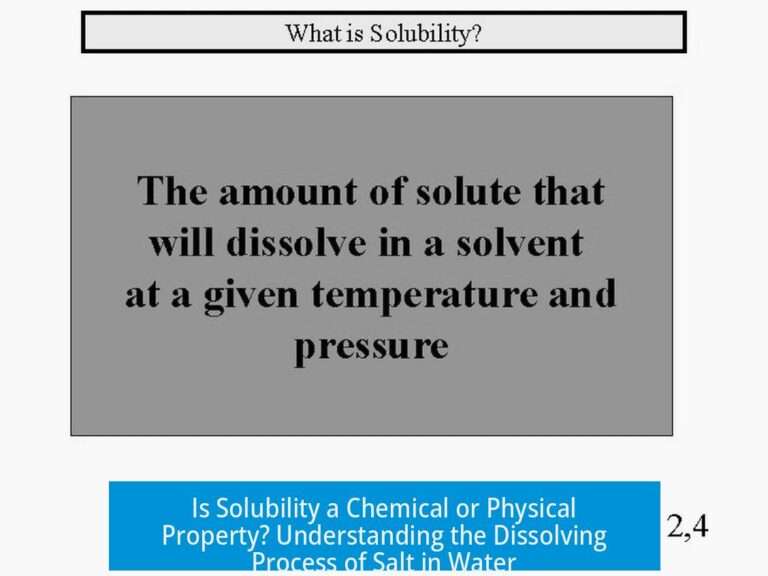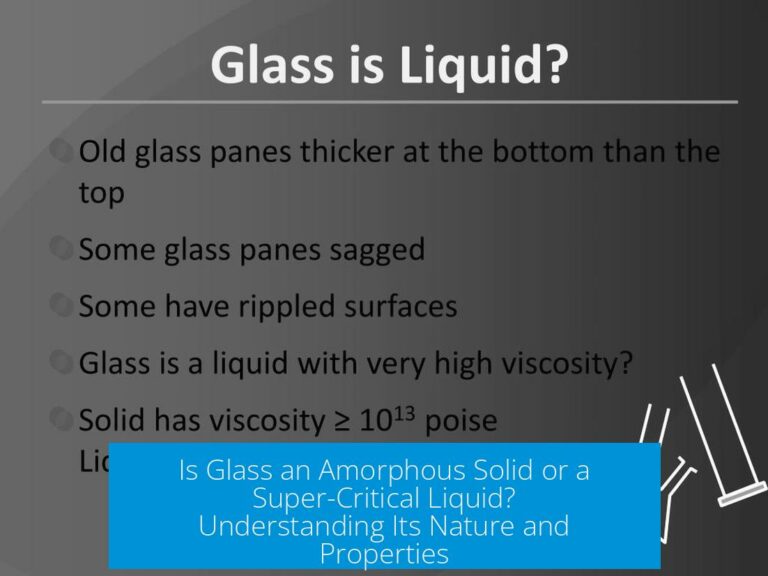Understanding the Oxygen Ion: Why O²⁻ Has 6 Electrons in Its Outer Shell, Not 8
Understanding the Electron Configuration of the Oxygen Ion (O2−) The oxygen ion O2− has 8 electrons in its outer shell, not 6, because it gains two electrons beyond the 6...


